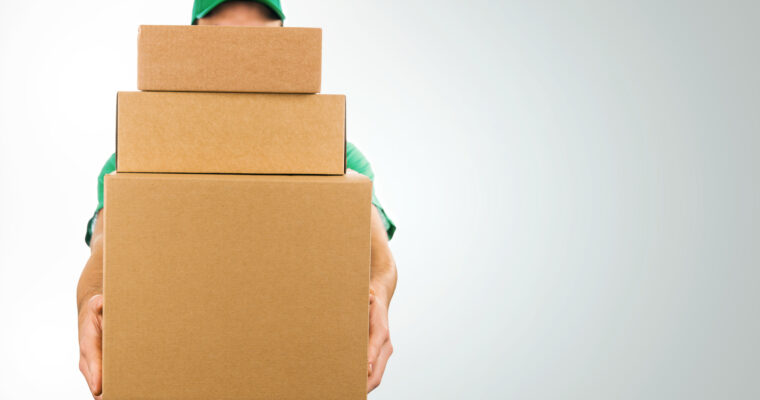The Benefits of Glass Packaging
According to research, 9.2 billion tons of plastic have been created, but only 9% of that plastic has been recycled.
This statistic is what is driving more and more people to begin using glass packaging.
Glass is a great material for food and beverage packaging. It’s strong, shatter-resistant, and recyclable. In addition to this, it also has some unique properties that make it perfect for protecting your product from outside contaminants.
Want to learn more? Let’s take a look at some different types of glass packaging tips and benefits now!
1. Durability
Glass food containers are strong, sturdy, and durable. Unlike plastic or some other types of packaging, glass is not easily broken under normal circumstances.
It can stand up to heavy objects being dropped on top of it without fracturing or breaking if the resulting impact is not strong enough to completely shatter the glass.
2. Leak-Resistant Capabilities
Some food containers are sealed closed with a cap. The lid is designed to be leak-resistant so the liquid in the container will not leak out when you get home.
You can use leak-resistant food containers for soups, broths, and fruit juices without the fear of it getting messy.
3. Isolation Of Contents
Food or glass bottle packaging, not only offers you maximum visibility but is typically better protected from the outside elements. This is because it is opaque and will therefore block out any sunlight that could affect its freshness.
Plastic bottles are usually clear so they don’t offer the same level of protection as a glass jar.
4. Additive-Free Food Base
Glass is a good way to store food because it doesn’t have preservatives or chemicals in it. This means that you will get more natural flavors and smells from organic food brands that use glass jars instead of plastic or aluminum.
5. Easier To Clean And Store
Glass containers are easier to clean than plastic ones because they are nonporous. This means they don’t hold onto any germs from the last time you used them.
They also stack really well in your cabinet with other cooking supplies because of their shape and size.
The main disadvantage of glass containers is that they can break more easily if dropped on a hard surface after being dropped from a considerable height.
However, this does not tend to happen under normal circumstances so they remain one of the most popular types of package for perishable goods such as vegetables, fruit, meat, and dairy products.
6. Environmentally Friendly
Glass food containers are more environmentally friendly than plastic because they can be reused over and over again. They do not change the quality of the food inside, and they last longer.
They do not need much energy to recycle them like some other materials like plastic that need more processing.
Want To Learn More About Glass Packaging?
We hope you enjoyed this glass packaging guide. Glass packaging is an eco-friendly option that can provide significant benefits for your company. It’s also a great way to store food and beverages because it does not leech chemicals into the contents.
Want more articles like this? Check out our blog!






